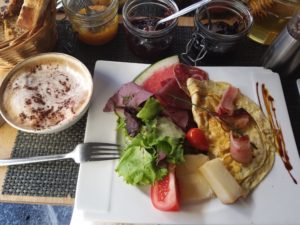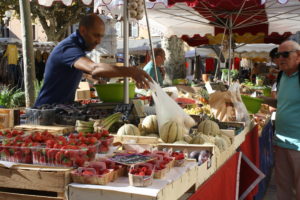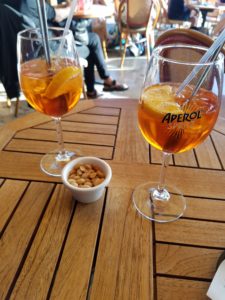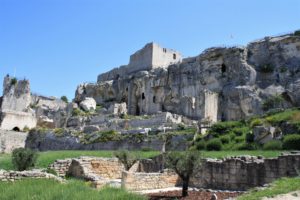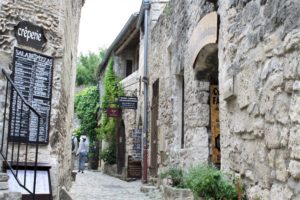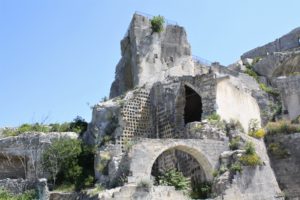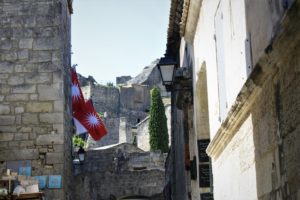Avignon Food and Wine Tour
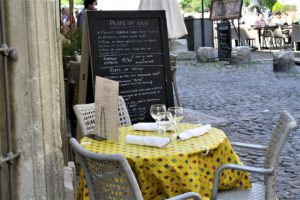
Mention Avignon and many people know this is where the pope lived during the early 14th century. Hence the imposing Palais des Papes which dominates the skyline of Avignon.
I’ll save that for another article.
On our last visit, we signed up for an Avignon Food and Wine Tour. Why? We love discovering and finding local foods on our own. But, thinking this might be something to try…we signed up.
We were promised a unique experience with a local guide, taking us to local shops. That was right on.
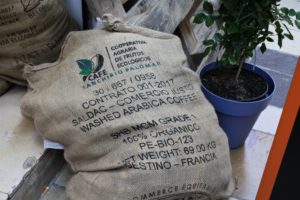
Aurelie, our guide, is a local. She shops around the city daily. So, that’s where she took us. The oldest artisan baker in town, an award-winning master chocolate maker, wine sellers, coffee roasters, olive growers, the local, central market…all her favorites. Many are now our favorites, too. Her passion for food, wine, and Avignon were evident. She knew the locals and they knew her.
As we wandered through streets and down alleys, we learned and we ate. What better way to learn about and understand local foods and how they relate to the history of Avignon? This is definitely a unique way to sample a city.
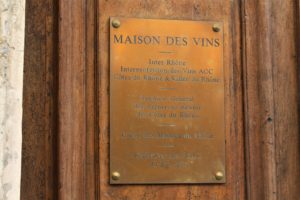
First up, slightly warm, impossibly light, buttery, flaky croissants. In a park. Surrounded by roses in shades of pinks and yellows, ancient stone columns, chirping birds flitting about the branches. And, pigeons begging for a crumb. Any crumb. Sorry…none left.
Except for the pigeons, it was the perfect way to start the day. If only we had some coffee or espresso. Guess what? That was the next stop as we wove our way through the back streets of Avignon.
At Café du Bresil, in Avignon since 1976, rich, fragrant, coffee beckoned to us from several feet down the street. This is a tiny place. Coffee is their passion. Buying the right beans, roasting to achieve the desired taste, and grinding to fit your machine…all important to them. Tastes and aromas. They make you want to taste, smell, touch, and look. What do you get? The perfect combination. We hated to leave.
Until, that is, Aurelie told us the next stop was an artisan chocolate shop. Aline Gehant, the owner and chocolatier of Artisan Chocolatier en Provence, creates chocolates with a variety of flavors and tastes. Our mission that morning, if we chose to accept it, was to decide what each sample piece was infused with. Of course, we all chose to accept that mission.
First taste…definitely lavender. Not heavy perfumey lavender. Just a hint. But, noticeable. Next, an herb. Was it oregano? Or, was it thyme? Turns out it was thyme. Again, just a hint. Last…a hint of pistachio. Since she makes her chocolates by infusing the herbs and flavors, you taste that subtle flavor all the way through the piece of chocolate. Simply amazing. But, we had to leave. A bakery was calling to us.
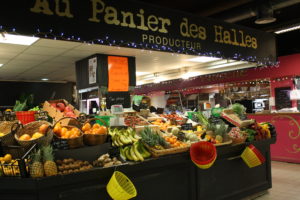
More walking. Actually, strolling to our next stop. The oldest bakery in Avignon showcased delightful pastries in the window. Decisions. Decisions. How do we know which one to pick? Thankfully, Aurelie had already chosen for us. Sitting beneath huge, shady trees, these disappeared amid sighs of pleasure. No crumbs left here, either. But, it was time to move to our next stop. Wine.
Since Chateauneuf du Pape is the area’s most prestigious wine, guess what we sampled? The wine shop also poured several other samples for us while explaining where his wines come from. Tasty stop.
Now, more walking to our final destination. Lunch at Les Halles d’Avignon. Forty growers and tradesmen from around the area feature and sell their products, which represent the taste, quality, and freshness of the soil. What a sight.
Glistening, ruby red peppers sit next to shiny, amethyst-colored eggplants. Strawberries, so plump you think they might burst, beckon to be sampled. Fruits and vegetables of every color imaginable line stalls up and down the aisles.
Perfect, marbled filets waiting to be cut to your order, fresh liver resting in a pan, giant slabs of bacon, chickens, geese, quail…and more. Duck fat…jars of duck fat. Seafood showcased on ice. Whole fish, mouths open, along the edge. It was all so fresh, you didn’t detect any fishy smell.
Olives…so many olives. Cheeses you may not have heard of but can’t wait to try. Tapenades, pates, garlic spreads, pickles. Baguettes, long, thin, crusty on the outside and melt in your mouth in the middle.
What do you want? Again, we didn’t have to decide. Aurelie had everything arranged for our gourmet lunch. Including wine and dessert.
What a perfect ending to our food and wine tour.
Now, we were off to explore more of Avignon on our own.
Would we do this again? Of course. It was a different way to explore a city. It was long enough and covered enough different areas. That made it ideal. We were introduced to areas and vendors we might never have discovered on our own.
Plus, we had the perfect guide. She kept us moving, yet didn’t hurry us.
This was a great introduction to Avignon.
If You Go: More can be found about this tour at https://www.avignongourmetours.com/#home-2.
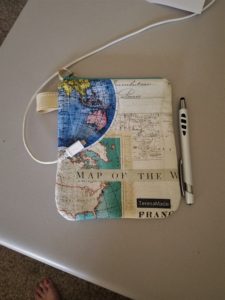


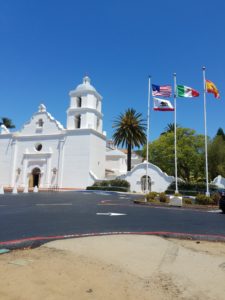

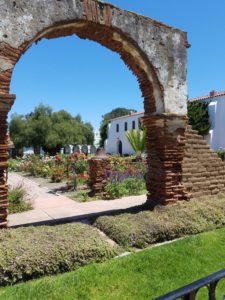
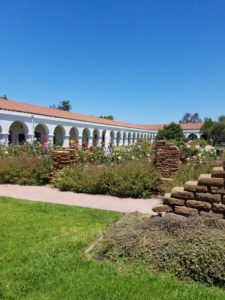
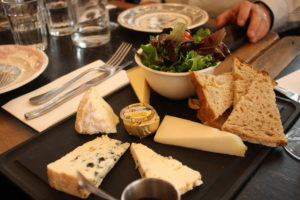

 …
…